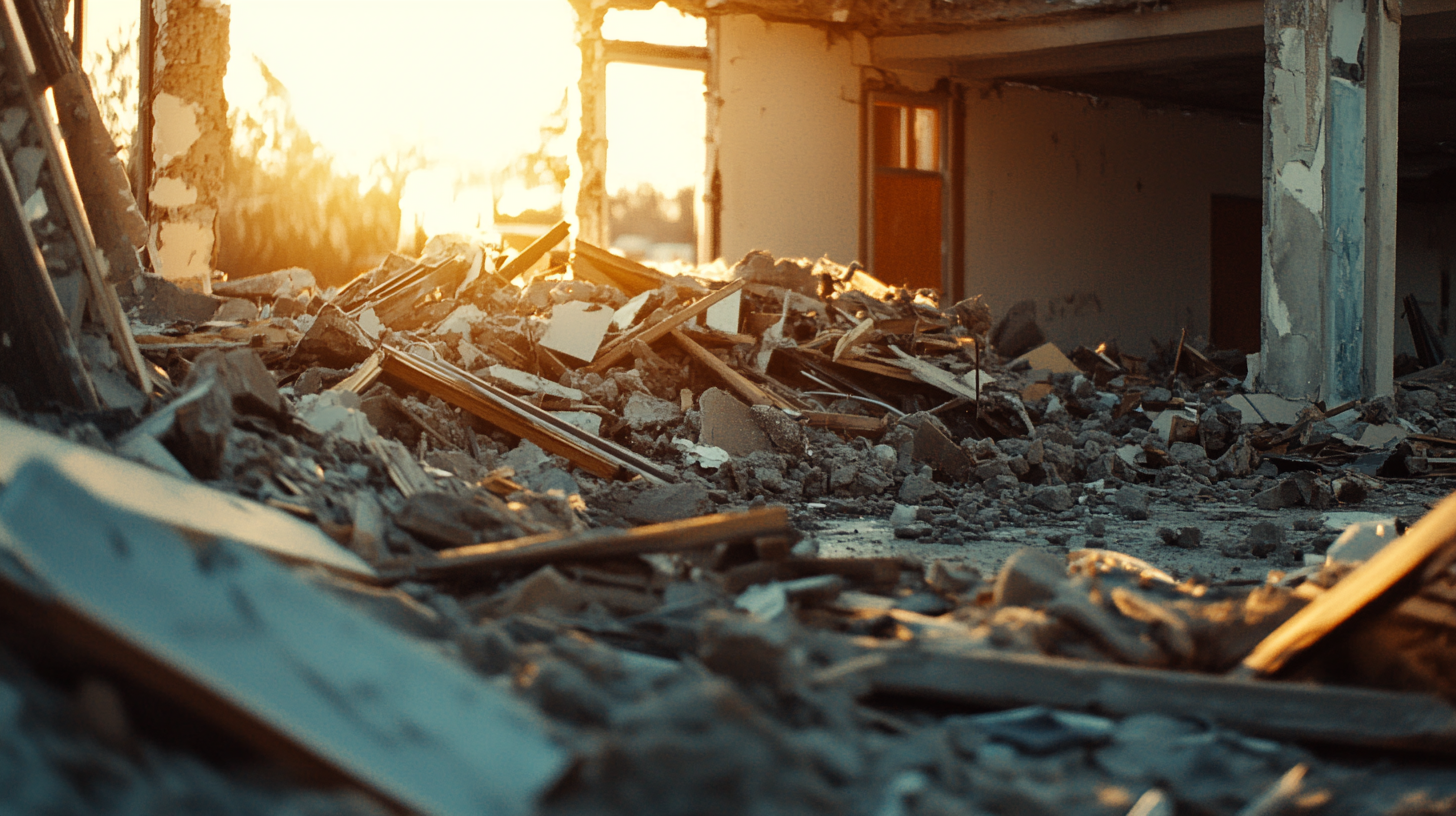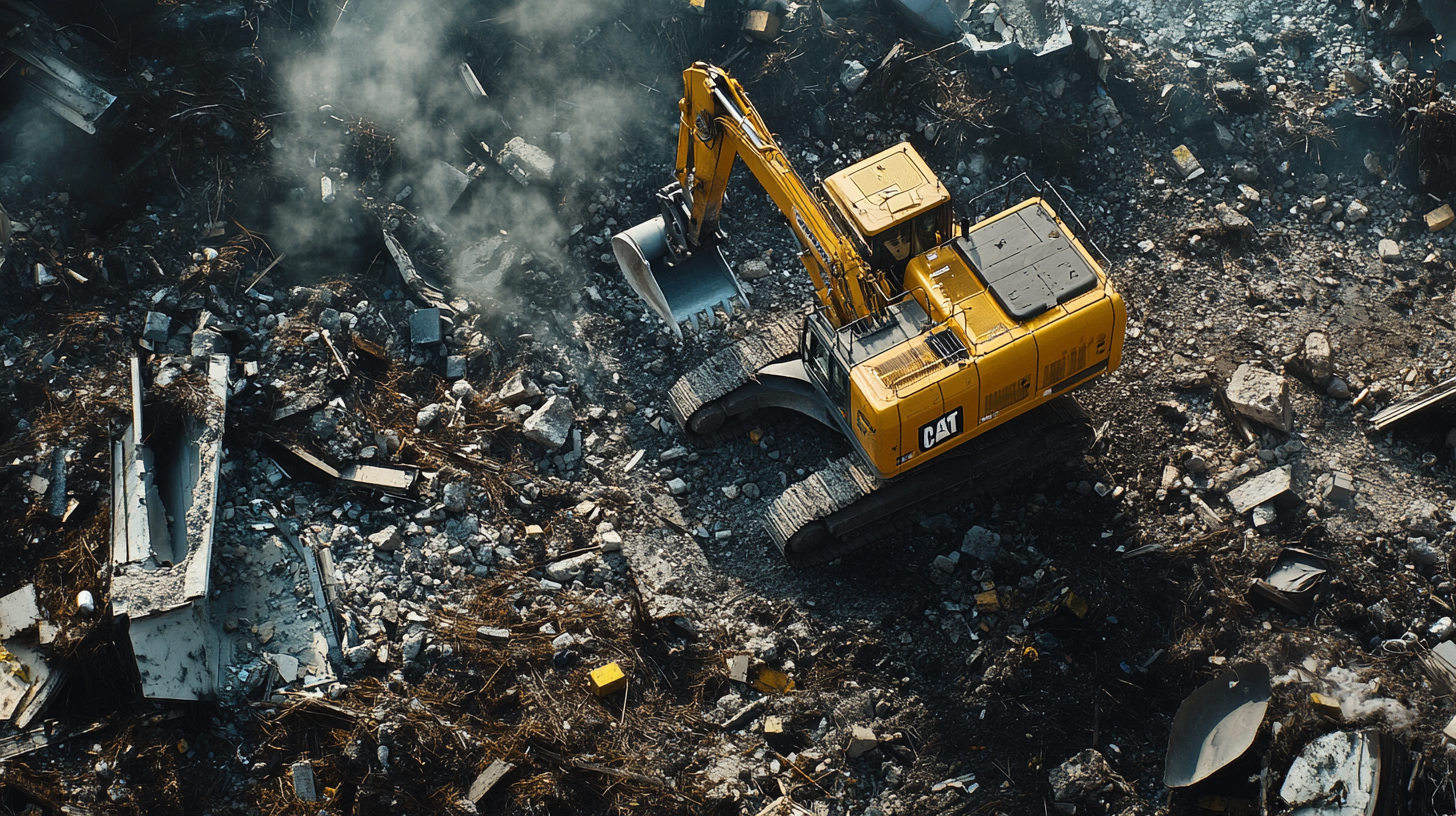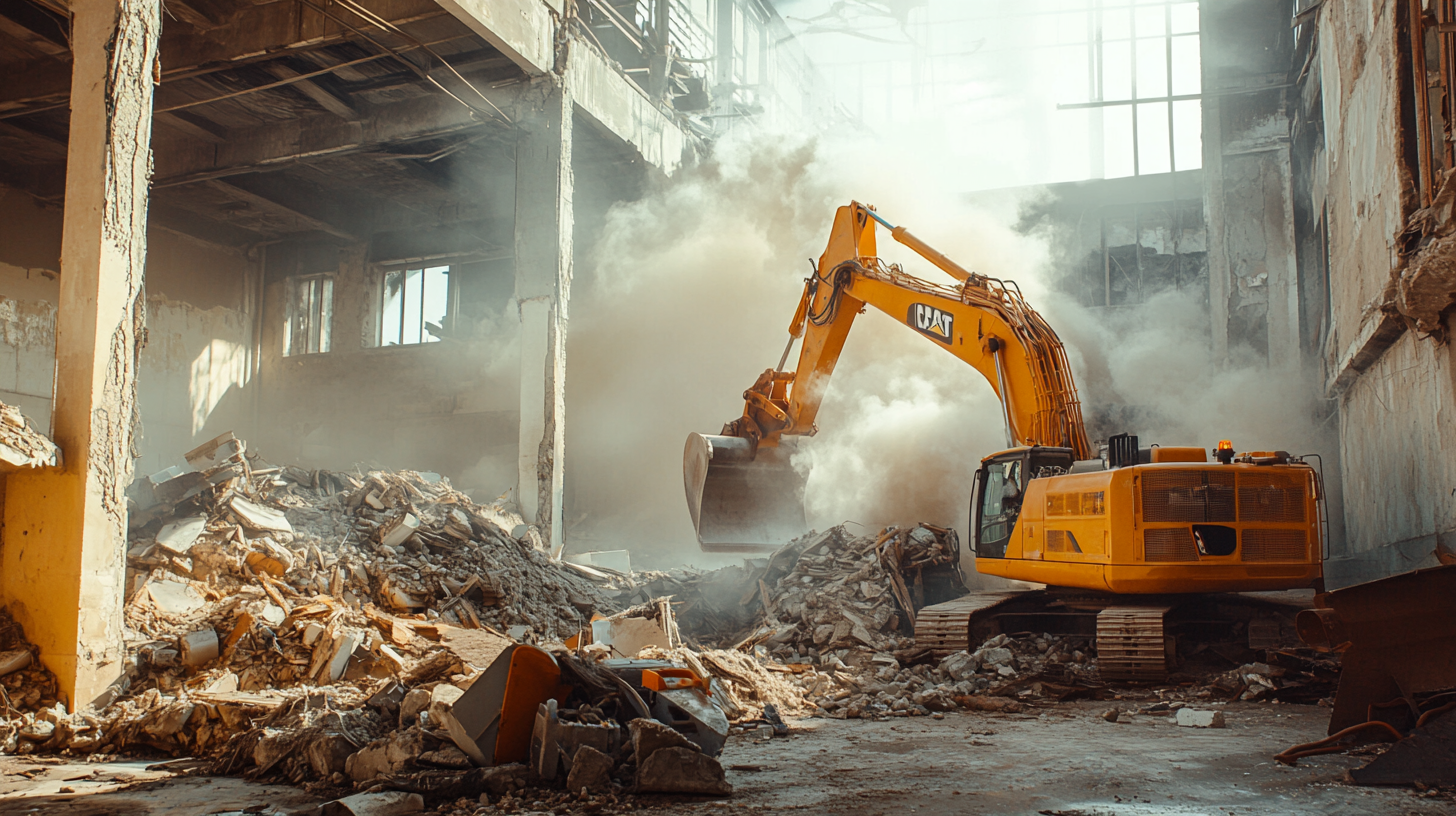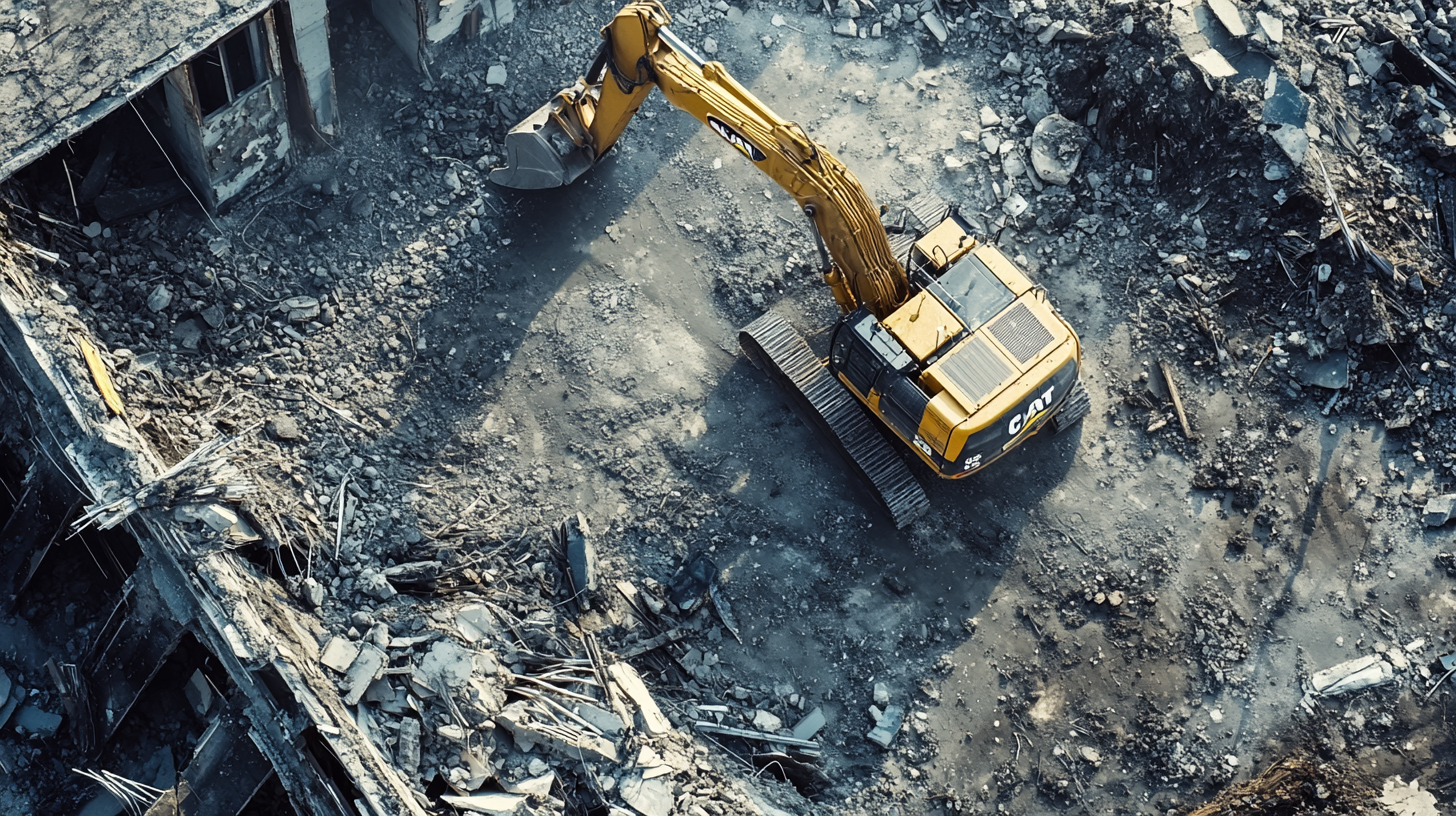1. Air Quality
The air quality inside your crawl space is directly affected by the air quality outside. If the air quality is poor, then the air quality inside your home will be poor too. When the air quality inside your house is bad, it can cause problems with allergies, asthma, and respiratory issues.
2. Mold Growth
Mold spores are everywhere. Even if you don't have mold growing right now, they're still out there waiting to take over your home. Mold grows best in warm, humid conditions, so having moisture build-up in your crawl space is perfect for mold growth.
3. Moisture Build Up
Moisture builds up in your crawl space due to condensation. Condensation occurs when water vapor cools down and turns back into liquid. As long as there's enough humidity in your crawl space, condensation will occur.
4. Dampness
Dampness is caused by excessive moisture buildup in your crawl space. Having excess moisture in your crawl space causes wood rot and mildew growth. These two things can damage your foundation and lead to structural issues.
5. Odor Control
Odors are created by bacteria and fungi. Bacteria creates odorless gases while fungus produces odorous compounds. Both types of microorganisms thrive in moist environments.
Contact Bull City Crawlspace Today!
Bull City Crawlspace will do everything we can to ensure your experience with us is excellent.
Request A FREE Estimate
Request a Free Estimate Form
We will get back to you as soon as possible.
Please try again later.
Checkout Recent Post




Got a Question? We’re Here to Help.
You can arrange an appointment or make an enquiry by phone or email, orget in touch to us via our contact form.
Business Hours:
Monday - Friday 8:00 AM - 8:00 PM Saturday and Sunday: Closed
We're your local family owned, operated and licensed crawl space repair and waterproofing company.
919-724-4601
jon@bullcitycrawlspace.com
Services
NATIONWIDE LEADER
Claim you free crawl space consultation today by clicking the button below.
Contact Info
Business Hours:
Mon to Fri: 8:00am - 8:00pm
All Rights Reserved | Bull City Crawlspace

